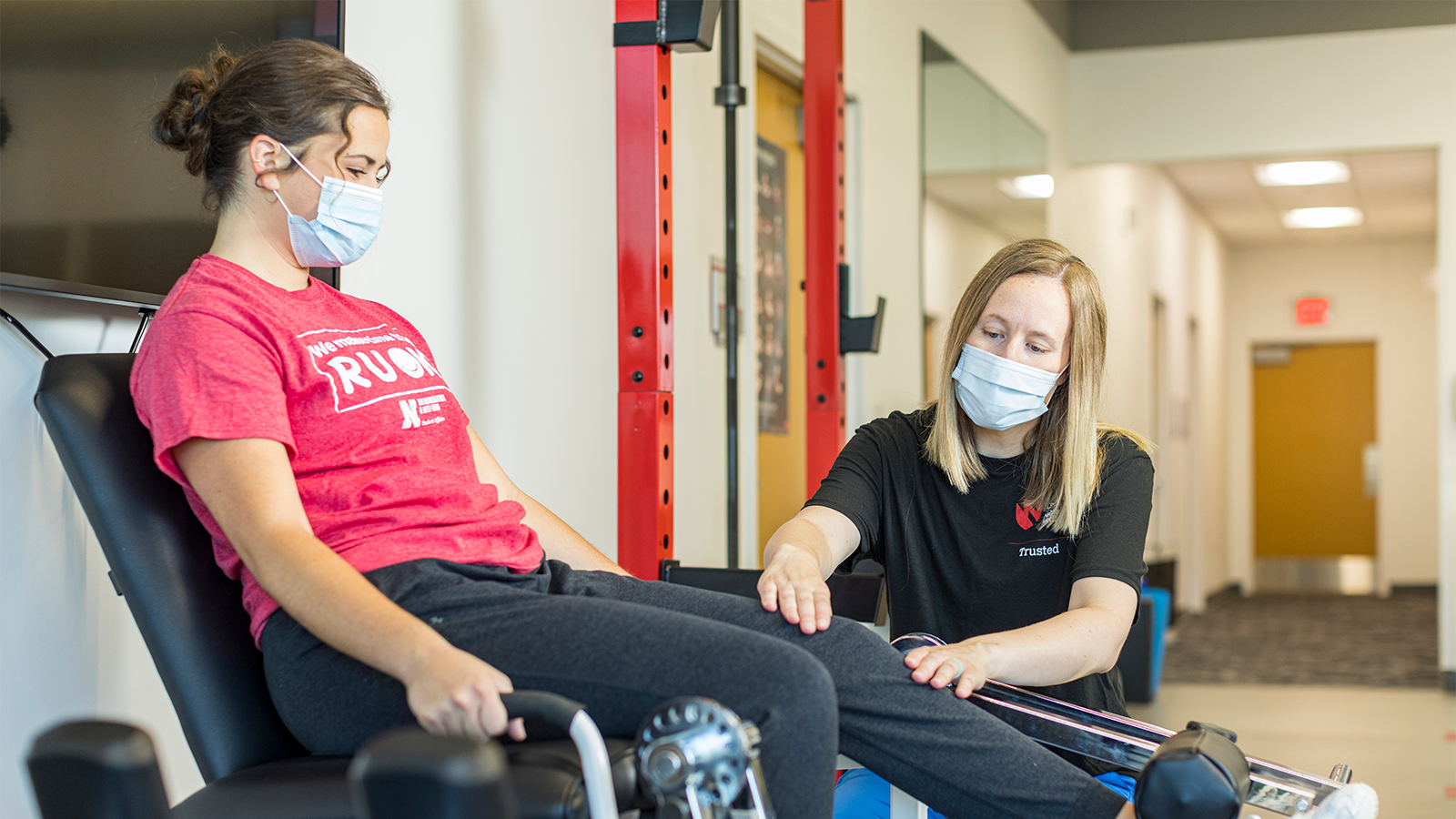Utilizing the Strength of Exercise to Reduce Chronic Discomfort and Improve Quality of Living
Utilizing the Strength of Exercise to Reduce Chronic Discomfort and Improve Quality of Living
Blog Article

Chronic pain affects numerous of people globally and can substantially diminish the standard of life. It can arise from various disorders, such as joint inflammation, fibromyalgia, or previous traumas. While medications and treatments are commonly employed to manage pain, a expanding body of research indicates that physical activity can play a vital role in alleviating chronic pain. Participating in regular physical exercise can not only help lower pain levels but also enhance overall well-being and capability. Understanding how exercise affects the body can enable individuals to assume control of their pain management.
Exercise has several physical benefits that can help reduce chronic pain. When people participate in exercise activities, their bodies produce endorphins, which are innate pain-relievers. Additionally, exercise can improve blood circulation and strengthen muscles, providing better support for joints. For those with conditions like arthritis, low-impact exercises such as swimming or biking can assist maintain joint mobility without putting excessive strain on the system. Consistent exercise also assists in maintaining a fit weight, which can lessen the pressure on load-bearing joints and additionally ease pain.
In furthermore to its bodily benefits, exercise has a positive impact on mental health. Chronic pain can often lead to emotions of anxiety and depression, which can worsen the perception of pain. Engaging in regular physical activity can help fight these emotions by enhancing self-esteem and elevating mood. Group exercises, such as yoga or pilates, also provide social interaction, which can enhance emotional support. This combination of bodily and emotional health benefits makes exercise an crucial component of a holistic pain relief strategy.
It is important to approach exercise with caution, especially for those managing with chronic pain. Beginning slowly is vital to avoid exacerbating symptoms. Individuals should think about seeking advice from healthcare experts to create a tailored exercise plan that takes into account their particular issues and constraints. Activities such as stretching, walking, or gentle yoga can be great initial points. Gradually increasing the intensity and length of sessions can help build strength and endurance without causing undue stress on the system.
In summary, harnessing the power of exercise can significantly reduce chronic pain and improve quality of life. Regular physical activity not only assists to lessen pain through the release of endorphins and improved muscle strength but also supports mental health. By including exercise into daily routines, individuals can empower themselves in managing their pain. visit this site A thoughtful and knowledgeable approach to exercise, guided by healthcare experts, can bring to lasting improvements in health and overall quality of life.